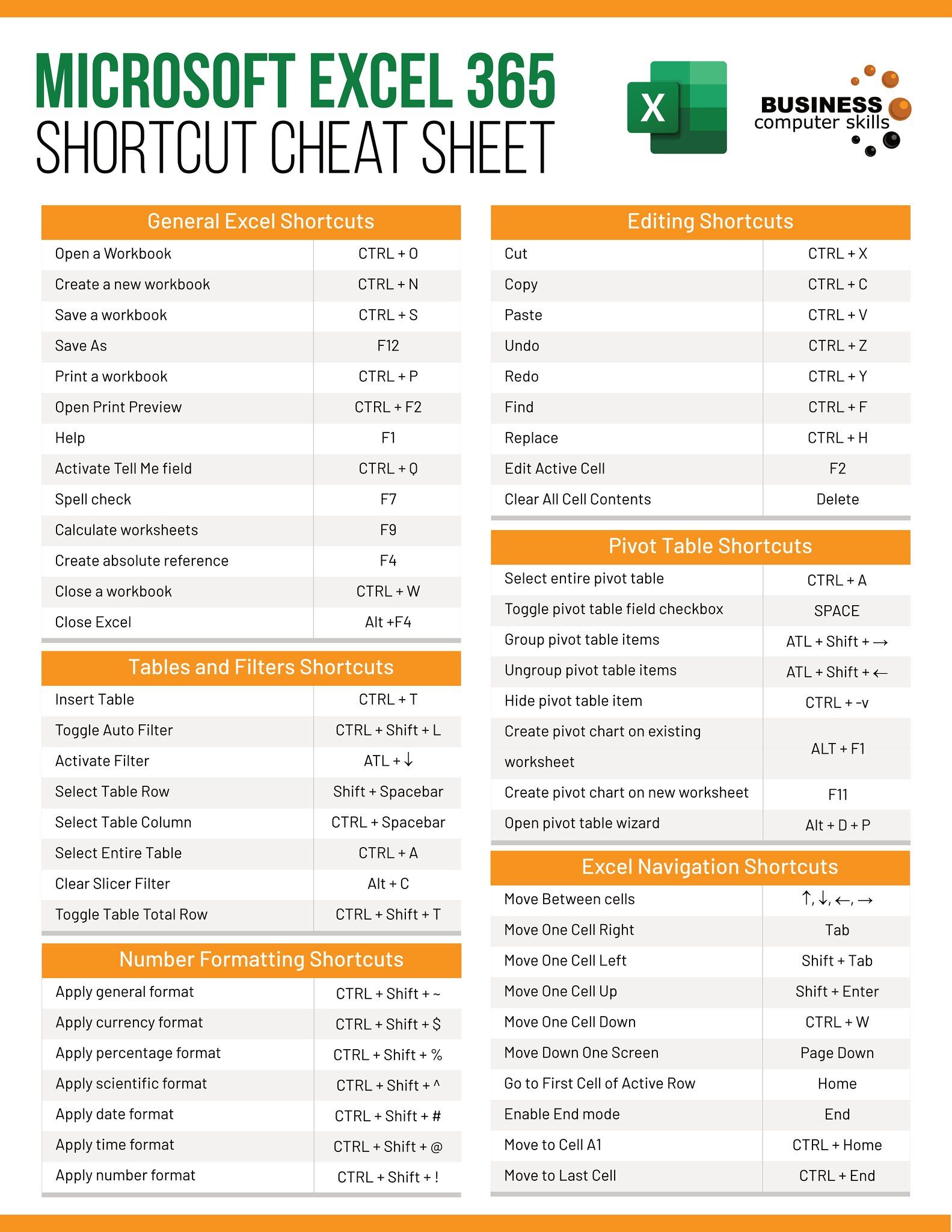5 Ways to Convert Excel Sheets into Executable Programs

Converting spreadsheets into executable programs has become an essential practice for many businesses and developers. This transformation not only automates tasks but also provides a means to distribute data-driven applications or tools efficiently. Here are 5 innovative ways to turn your Excel sheets into executable programs:
1. VBA (Visual Basic for Applications)


Visual Basic for Applications (VBA) is Excel’s programming language that allows you to automate repetitive tasks, create custom functions, and even build user interfaces directly within Excel:
- Start with Macros: Record your actions to generate VBA code automatically.
- Write Custom Scripts: Use the VBA editor to write scripts that can perform complex tasks.
- Create Add-Ins: Package your VBA code into an add-in for distribution to users who don't need to see the source code.
While VBA is primarily for automation within Excel, you can export it to an executable if needed through tools like Excel-DNA or AutoIt.
⚠️ Note: While VBA can be compiled into an EXE, the distribution of such executables might raise licensing concerns with Microsoft.
2. Python with xlwings


xlwings is a Python library that lets you interact with Excel using Python scripts. Here’s how you can use it:
- Install xlwings: Use pip to install the library.
- Automate Excel: Write Python scripts to read, write, and manipulate Excel files.
- Deploy: Package your Python script into an executable using tools like PyInstaller.
from xlwings import Workbook, Range
def main():
wb = Workbook('my_excel_file.xlsx')
Range('A1').value = "Hello, World!"
wb.save()
if __name__ == "__main__":
main()
3. C# with ExcelDataReader


Using C# with ExcelDataReader allows you to read Excel files without Excel installed:
- Setup: Install ExcelDataReader via NuGet Package Manager.
- Read Excel: Parse Excel files into .NET data structures.
- Create Executable: Use Visual Studio to compile your application into an executable file.
using (var stream = File.Open("excelFile.xlsx", FileMode.Open, FileAccess.Read))
{
using (var reader = ExcelReaderFactory.CreateReader(stream))
{
var result = reader.AsDataSet();
// Further processing with result...
}
}
While this method reads Excel files, you would need additional logic to write data or perform manipulations typically done in Excel.
4. Microsoft Power Automate (formerly Flow)


Power Automate offers a no-code solution to automate workflows, including Excel-based processes:
- Create Flow: Build a flow to automate Excel tasks.
- Export to executable: Though not directly, flows can be shared or exported as part of Office 365 packages or through REST API calls.
While it doesn't create a traditional executable, it can provide automation functionality as part of a larger application or service.
5. MATLAB Compiler


For those using MATLAB for data analysis, the MATLAB Compiler can turn your scripts into standalone executables:
- Compile Scripts: Use MATLAB Compiler to generate executables from your MATLAB code.
- Include Excel Interface: Add Excel-specific functions or libraries to interact with Excel files.
- Deploy: Share or distribute the executable, ensuring that the runtime environment is available to users.
This method is particularly useful for scientific or engineering applications where MATLAB is widely used for data processing.
To wrap things up, converting Excel sheets into executable programs opens up numerous possibilities for automation, distribution, and enhanced functionality. Whether you choose to automate tasks using VBA, leverage Python with xlwings, read Excel with C# and ExcelDataReader, utilize Power Automate for no-code solutions, or compile MATLAB scripts, each approach provides unique benefits tailored to specific needs. Remember to consider licensing and distribution rights when deploying your solutions, especially when involving Microsoft Office products. Lastly, explore these methods to find the one that aligns with your project's requirements, ensuring seamless data handling and workflow efficiency.
What is the difference between VBA and a true executable program?

+
VBA is primarily for automation within Microsoft Office applications, whereas an executable program can run independently of any Office software and may contain more comprehensive functionality and interaction with the system.
Can I distribute an executable created from an Excel VBA script?

+
Distributing executables derived from VBA can raise legal concerns due to Microsoft’s licensing policies for Office products. It’s advisable to consult with Microsoft’s licensing terms or seek alternatives for distribution like add-ins or web-based applications.
Are there any tools to make an Excel spreadsheet executable?

+
Tools like Excel-DNA, AutoIt, or PyInstaller can be used with different programming languages to convert or package Excel-based solutions into executable files. However, these methods require additional development work beyond Excel.